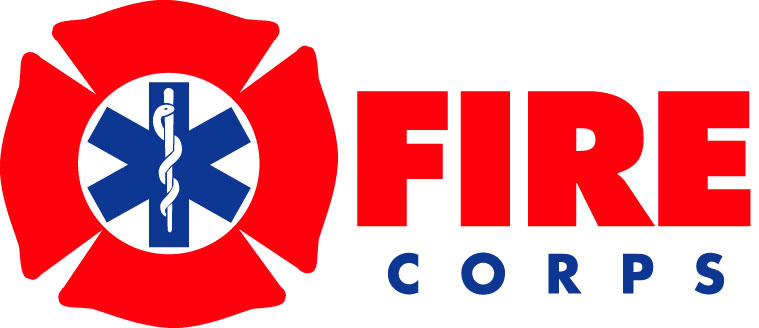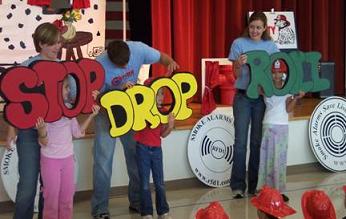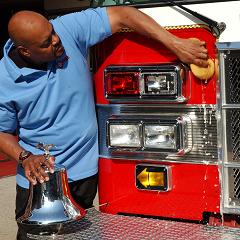Profile of a UOW-Citizen Corps: Fire Corps
 Over the past decade, Americans have endured tragedies including 9/11, Hurricane Katrina, and the Virginia Tech massacre. During such times of crises, community members are often called to action to help protect our homeland. There are several organizations that coordinate these local efforts to protect lives on a daily basis. One of these programs is Fire Corps, which was established in 2004 to encourage community members to assist local fire/EMS departments in non-emergency tasks.
Over the past decade, Americans have endured tragedies including 9/11, Hurricane Katrina, and the Virginia Tech massacre. During such times of crises, community members are often called to action to help protect our homeland. There are several organizations that coordinate these local efforts to protect lives on a daily basis. One of these programs is Fire Corps, which was established in 2004 to encourage community members to assist local fire/EMS departments in non-emergency tasks.
Fire Corps is part of the federal government's Citizen Corps initiative, a national grassroots effort to involve citizens in helping their communities prevent, prepare for, and respond to natural and man-made disasters and other emergencies. Through the Citizen Corps programs of Fire Corps, Neighborhood Watch/USAOnWatch, Community Emergency Response Teams (CERT), Medical Reserve Corps (MRC), and Volunteers in Police Service (VIPS), citizen volunteers help prepare their communities for all types of emergencies and disasters while becoming better able to handle their own emergencies and those of their neighbors.
Today, over 10,500 citizens volunteer in local Fire Corps programs. Often these volunteers help stop tragedies before they start by educating community members about fire prevention and life safety. Many Fire Corps members also receive training in first aid, radio communications, emergency operations center duties, and other tasks that will allow them to contribute in recovery efforts after catastrophic events, such as natural disasters.
At the City of San Antonio Fire Department in Texas , Fire Corps members are working to prepare the city for the influx of refugees that will occur should the Texas coast become the target of a large hurricane. In June, the state held the Texas Hurricane Exercise (HUREX), which allowed cities across the state to practice evacuation activities and set up communication centers with very short notice. During HUREX, emergency communications volunteers, including many Fire Corps members, kept local emergency management officials in contact with their counterparts in coastal cities. Using amateur radios, these citizen volunteers reported vital information to officials regarding the number of evacuees to expect and whether or not these evacuees had medical needs, pets, or other special concerns. Because this data was gathered before the evacuees even left the coast, officials were able to prepare for their arrival by arranging for hospital beds, care facilities, and pet shelters in advance.


Open forums are also held during these sessions to allow agency representatives and area homeowners to discuss their concerns and develop solutions that meet everyone's needs. Fire Corps members are working with the creators of the training courses to produce a version relevant to those who live in urban areas. In addition to homeowner training, these Fire Corps members are working to update educational materials that the state distributes to people who are concerned about wildfire.
The Fire Corps national office offers many resources to assist communities all across the nation prepare for emergencies. These include the Fire Corps National Preparedness Month Resource Center, which provides preparation guides on weather, terrorism, and health-related emergencies, and the All-Ways Fire Safe at Home Fire Safety Module, a curriculum designed to teach fire and life safety to all ages, from pre-school to older adult.
To learn more about how Fire Corps programs can increase community preparedness, visit www.firecorps.org. To learn more about Citizen Corps, visit www.citizencorps.gov.



